A Gambling Man
£12.20£14.20 (-14%)
Charles II was thirty when he crossed the Channel in fine May weather in 1660. His Restoration was greeted with maypoles and bonfires, like spring after long years of Cromwell’s rule. But there was no going back, no way he could ‘restore’ the old. Certainty had vanished. The divinity of kingship fled with his father’s beheading. ‘Honour’ was now a word tossed around in duels. ‘Providence’ could no longer be trusted. As the country was rocked by plague, fire and war, people searched for new ideas by which to live. Exactly ten years later Charles II would stand again on the shore at Dover, laying the greatest bet of his life in a secret deal with his cousin, Louis XIV.
The Restoration decade was one of experiment: from the science of the Royal Society to the startling role of credit and risk, from the shocking licence of the court to the failed attempts at toleration of different beliefs. Negotiating all these, Charles II, the ‘slippery sovereign’, played odds and took chances, dissembling and manipulating his followers. The theatres were restored, but the king was the supreme actor. Yet while his grandeur, his court and his colourful sex life were on display, his true intentions lay hidden.
A Gambling Man is a portrait of Charles II, exploring his elusive nature through the lens of these ten vital years – and a portrait of a vibrant, violent, pulsing world, racked with plague, fire and war, in which the risks the king took forged the fate of the nation, on the brink of the modern world.
Read more
Additional information
| Publisher | Faber & Faber, Main edition (6 May 2010) |
|---|---|
| Language | English |
| Paperback | 608 pages |
| ISBN-10 | 0571217346 |
| ISBN-13 | 978-0571217342 |
| Dimensions | 12.5 x 3.5 x 20 cm |



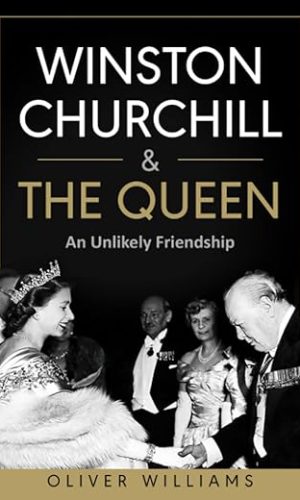
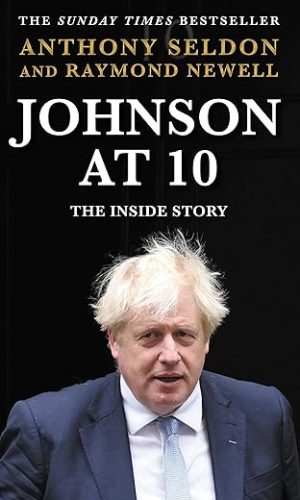
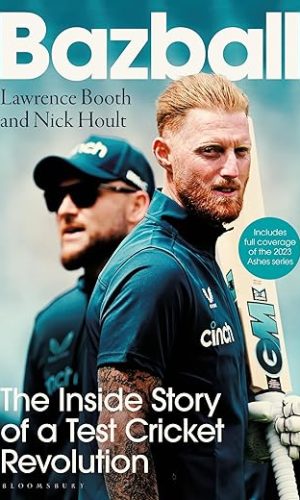

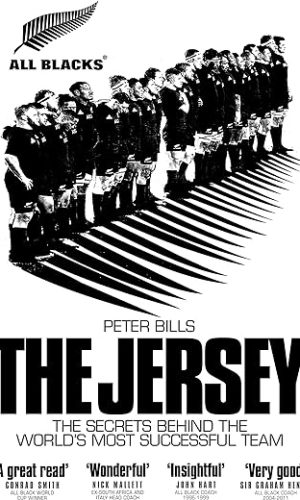
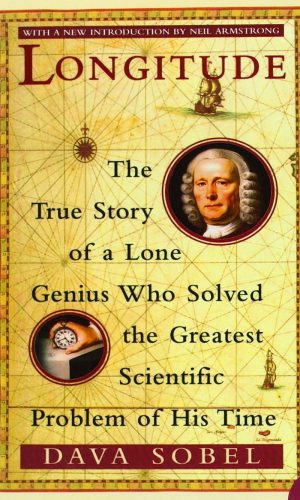
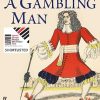
by Cella Mauro
Jenny Uglow has here produced a very good account of the Restoration and the facade Charles II presented to his own reign and to his more intimate acquaintances.
The book is thoroughly enjoyable and streams away effortlessly through such events as Monck’s march on London, the Great Fire of London, the establishment of the Royal Society and Dutch Wars.
As it should be Charles II is main protagonist, a gigantic figure and a son of his own time, split between the divine nature of kingship (well represented by his larger than life cousin, Louis XIV) and the awareness the ancient order was passing and the new situation required the monarch to work together with Parliament.
As Charles discusses with his chief ministers, haggles with Parliament, squabbles with his many lovers, sails his yachts and directs rescue efforts during the Great Fire, a host of other figures dances around him: the old General Monck, the immensely powerful Lord Lauderdale, the valiant Prince Rupert, the lonely Portuguese Queen Caterina, the Duke of Monmouth, Charles’ beloved and rebellious son, and of course the formidable Barbara Villiers, Charles’ most (in)famous mistress.
However, Charles is always at the center of the scene: factions at court clash over his favor, MP’s wrangle with him over his court’s lifestyle and his lovers entertain him.
The book has only one fatal flaw: given the large number of figures entering and exiting the stage, a biographical section giving a few facts about all these persons would have helped immensely making this a masterpiece.
by Didier
It seems I am very taken up by the Stuart period in English history these days. It all started when I read Diane Purkiss’
The English Civil War: A People’s History
, followed by Antonia Fraser’s
King Charles II
, and now this. And, largely because Uglow’s book is so good, I find that I still have an appetite for more!
Anyway, although the ‘bare facts’ of Charles’ life were already known to me from Fraser’s (also excellent) book, it was fascinating to read about the same man from another author’s perspective, and concentrating largely on the first decade after the Restoration (1660 – 1670). And what a fascinating, vibrant time that must have been! Wouldn’t it be great to have known and mixed with people as different as Samuel Pepys, John Bunyan, Dryden, Hobbes and Milton? To gossip with cronies in the coffee shops about Barbara Castlemaine and Nell Gwyn? To hear about the experiments conducted by the newly founded Royal Society? And perhaps witness the Great Fire of London? I would sign up any day for a trip back to those days (provided I can also get the guarantee I will not be operated for ‘the stone’ – or anything else for that matter…).
The more I read about Charles II the better I like the man. It is of course a matter of debate to what degree we can ever know the man (or anyone for that matter). After all, he’s been dead for over 300 years, and he was as Uglow terms it a gambling man that kept his cards close to his chest. But still, she succeeded brilliantly in writing a very lucid, entertaining and insightful book that made me feel she knows all there is to know about him, and has real empathy with both his public and private self. For someone whose father was beheaded when he (Charles II that is) was just 19, and then spent 11 years in exile, I found that Charles was in fact a surprisingly normal person, approachable to all and sundry, with real wit and (often) a surprising ‘joie de vivre’. Did he not have a darker side then? I’m sure he did, the way in which some of his mistresses were dumped, and the way for instance in which he disposed of his Chancellor Edward Hyde, 1st Earl of Clarendon testifies he could be ruthless when necessary or provoked.
Looking at Charles II as a ‘gambling man’ is very apt too. In a way, we all need to gamble from time to time in our lives (should I marry this girl? Should I have children with her? Should I change jobs? Move house?) but, in Charles’ case, it must have felt often that the stakes were very high indeed. The court was alive with factions and intrigues, international alliances constantly shifted, and betting on the wrong horse could cost you your life: Charles needed only to think of his own father to be reminded of the fact. In these circumstances to stay on the throne for 25 years and die as a popular king must have taken exceptional qualities.
In short, I immensely enjoyed this book, and, last but not least, feel that praise is definitely also due to Uglow for the clarity of her writing. At a certain point Uglow quotes John Wilkins, bishop of Chester in saying ‘the greatest learning is to be seen in the greatest plainness.’ The very same can be said of Uglow’s fabulous book.
by James-philip Harries
Given the curious similarities of their family backgrounds, you’d think that Mary Tudor, Elizabeth I and Charles II would turn out similar characters.
Well no, Charles was quite unlike his forebears.
Informal, even blokish, he was borne to power on a wave of popularity. Tolerant, sporty, young and cosmopolitan, he then proceeded to waste the goodwill of parliament, stay misguidedly loyal to some very dodgy courtiers, start a couple of bloody and indecisive wars, fail to push through much reform, convert (when?) to Catholicism and leave a disastrous inheritance.
Given Uglow’s diligent research and Pepys and Evelyn among primary sources it might seem impossible to write a dud book. Sadly, she nearly manages it. As a portrait, it contradicts the title: Charles was a man for the each way bet, not the reckless gambler of merry monarch fame. He also, Uglow tells us, was a good deal less priapic than his reputation. Given the public nature of the bedroom, the privy and the privy council Charles remains a bit of an enigma in this account. Perhaps he was more private and more suspicious than his bold exterior? Certainly he flinched politically when a bit more gumption would have allowed him to push through legislation.
The book only covers the first half of the reign and there’s far too much about the ins and outs of the court. (Who cares, unless you’re descended from those popinjays?) There’s far too little about culture, trade and science, which those who have read Uglow’s previous work
The Lunar Men: Five Friends Whose Curiosity Changed the World
admire. Maybe there’s a second volume which will address this. If not, I hope the author sticks to what she’s really good at in future.